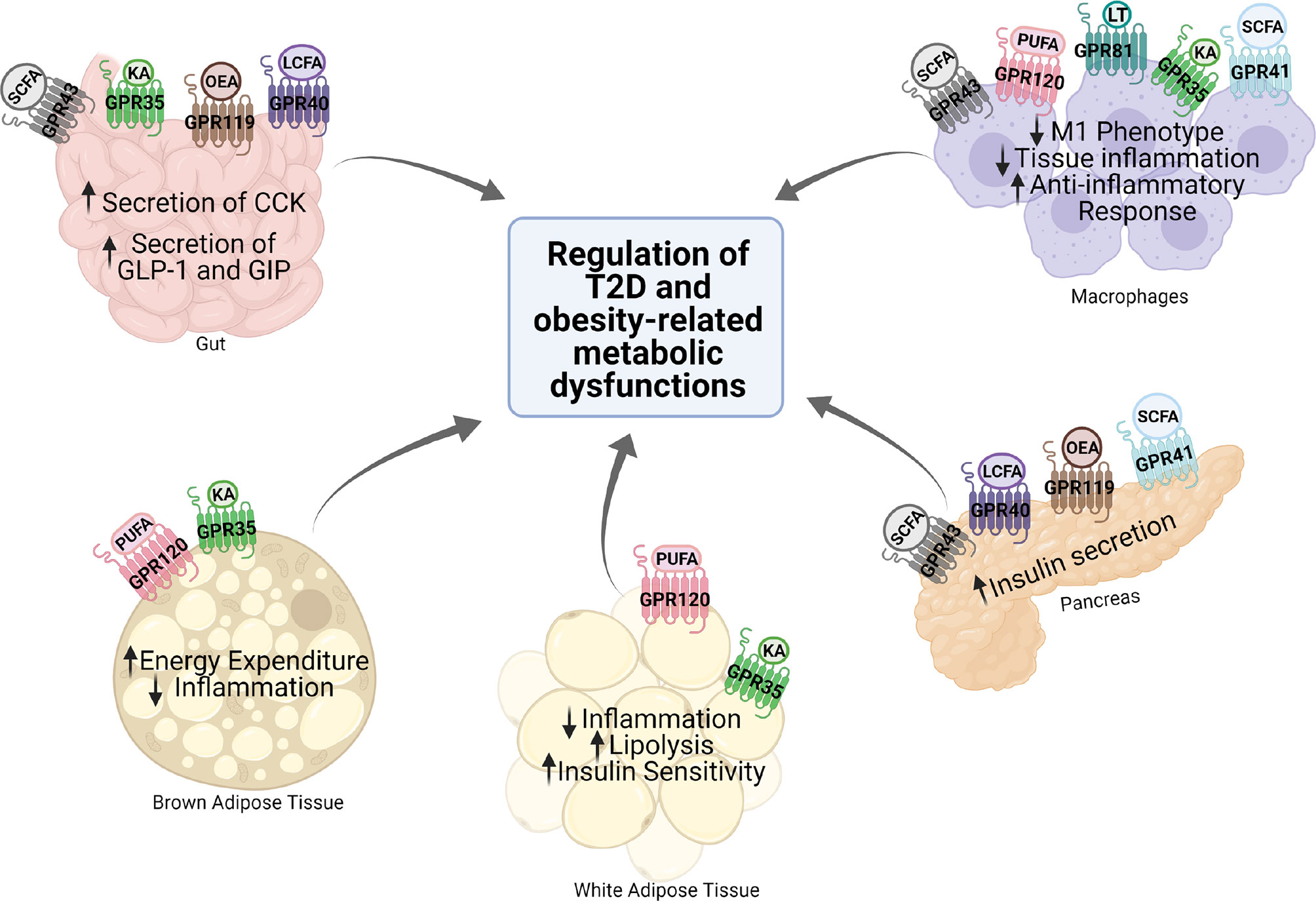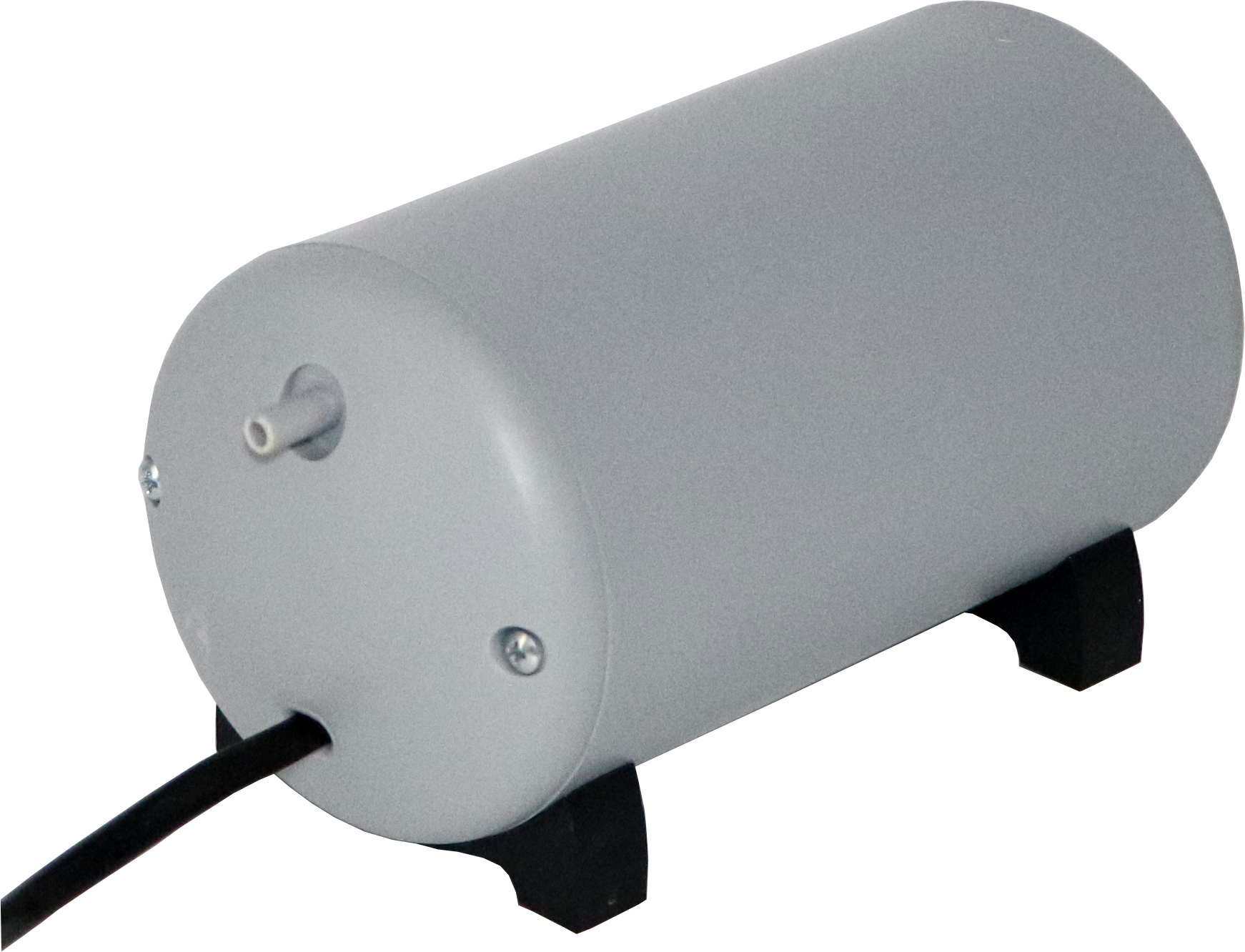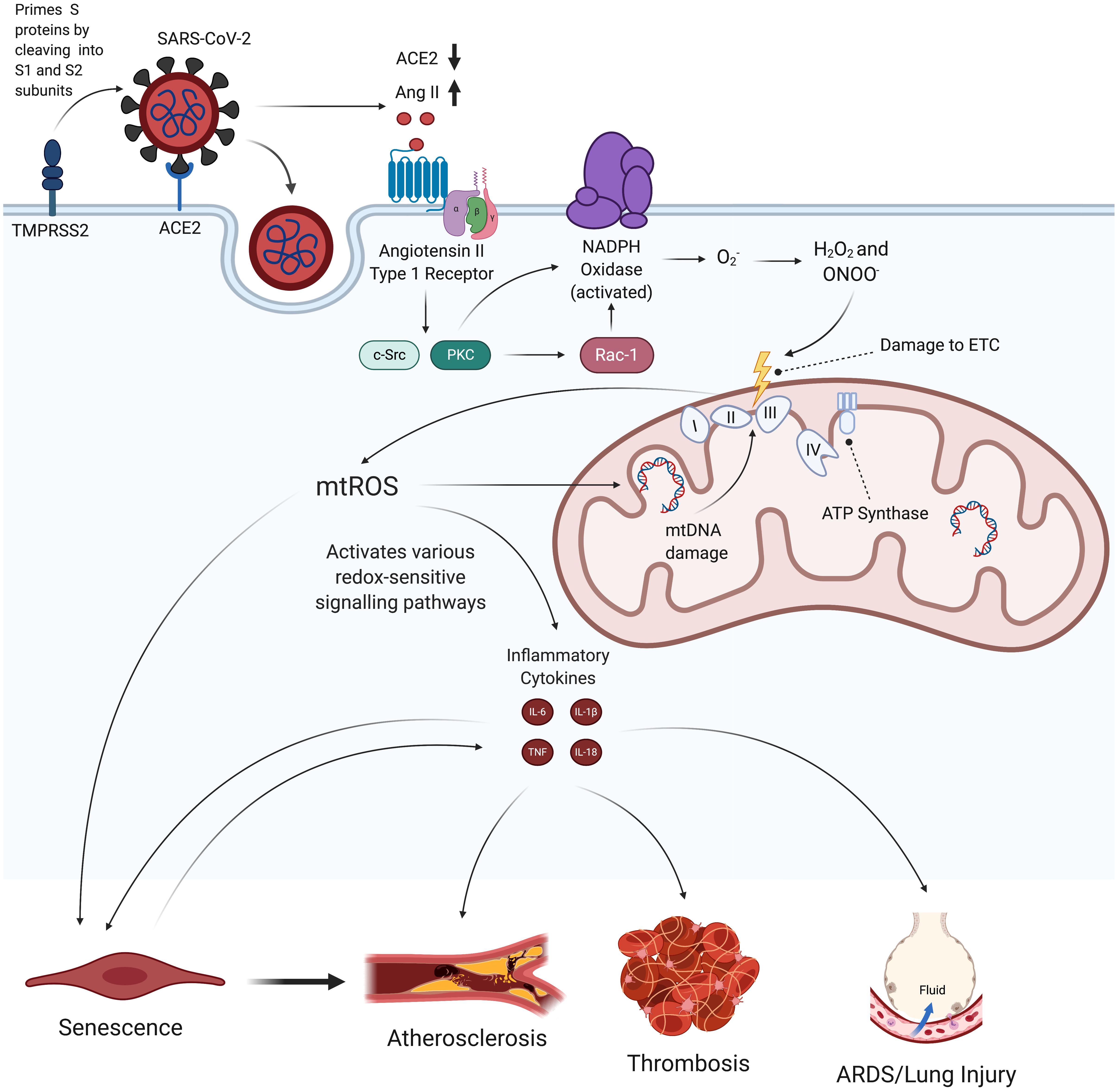- Startseite
- onoo 2
- The Role of Membrane-embedded DUOX2 on Ectodomain Shedding via G protein-coupled Receptor Signaling
The Role of Membrane-embedded DUOX2 on Ectodomain Shedding via G protein-coupled Receptor Signaling
4.5 (234) · € 35.99 · Auf Lager
Protease-activated receptors (PARs) and the neurokinin 1 receptor (NK1R) belong to the G protein-coupled receptor (GPCR) family. In this review, we focus on the regulatory mechanism of ectodomain shedding by ADAM10/17 metalloprotease via GPCR signaling. PAR2 and NK1R induce membrane blebbing, resulting in phosphatidylserine externalization in the cellular membrane, which is required for ADAM10/17 metalloprotease activation.

TRIM28/TIF1β and Fli-1 negatively regulate peroxynitrite generation via DUOX2 to decrease the shedding of membrane-bound fractalkine in human macrophages after exposure to substance P - ScienceDirect

Roles of NS1 Protein in Flavivirus Pathogenesis

Dual NADPH oxidases DUOX1 and DUOX2 synthesize NAADP and are necessary for Ca2+ signaling during T cell activation

PDF] Molecular Pathways: Receptor Ectodomain Shedding in Treatment, Resistance, and Monitoring of Cancer

The Role of Membrane-embedded DUOX2 on Ectodomain Shedding via G protein-coupled Receptor Signaling

Emerging Role of Compartmentalized G Protein-Coupled Receptor Signaling in the Cardiovascular Field

TRIM28/TIF1β and Fli-1 negatively regulate peroxynitrite generation via DUOX2 to decrease the shedding of membrane-bound fractalkine in human macrophages after exposure to substance P - ScienceDirect

Biology, Free Full-Text

Frontiers Metabolic Functions of G Protein-Coupled Receptors and β-Arrestin-Mediated Signaling Pathways in the Pathophysiology of Type 2 Diabetes and Obesity

TRIM28/TIF1β and Fli-1 negatively regulate peroxynitrite generation via DUOX2 to decrease the shedding of membrane-bound fractalkine in human macrophages after exposure to substance P - ScienceDirect

The Role of Membrane-embedded DUOX2 on Ectodomain Shedding via G protein-coupled Receptor Signaling

A GAIN in understanding autoproteolytic G protein‐coupled receptors and polycystic kidney disease proteins

Exploring the landscape of ectodomain shedding by quantitative protein terminomics - ScienceDirect












